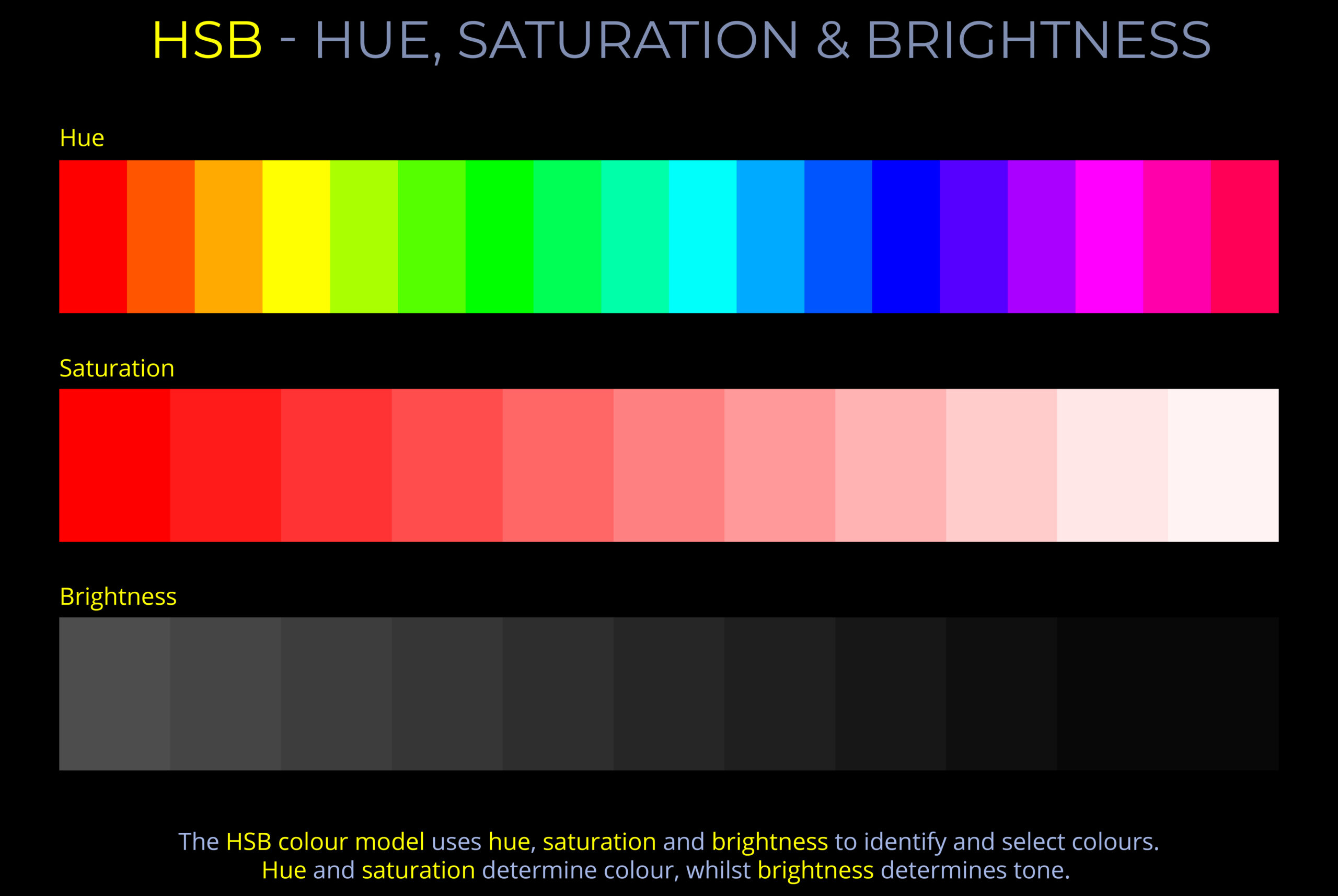luminance is a scientific measure of how bright a surface appears. So luminance is a measure of the perceived brightness of light reaching the human eye, considering both the amount of light emitted or reflected from a surface and the spectral sensitivity of the human eye.
- Luminance focuses on the luminous intensity experience. Luminous intensity corresponds with total light emitted.
- Imagine a lamp shining in a dark room. While the lamp emits a certain total light (total light emitted), the actual brightness (luminance) of a wall that light falls onto depends on several factors:
- The wall reflects only a portion of the emitted light, impacting the overall luminous intensity you perceive.
- Our eyes are more sensitive to green light than blue light. So, even if two surfaces receive the same amount of light, a green one will appear brighter due to this difference in spectral sensitivity.
-
Measuring luminance helps us understand real-world scenarios:
- Moonlight: While not very luminous (doesn’t emit much light), moonlight creates a certain luminance on sand in a desert, allowing us to see our surroundings.
- Road safety: Streetlights need specific luminance levels to ensure safe visibility for drivers, considering both the total light emitted and road reflectivity.
- Book reading: The luminance of a book under a lamp determines how comfortable and clear the text appears for your eyes.
Remember, luminance is a measurable quantity, meaning we can use instruments to analyse the brightness of various objects and light sources.
ABOUT LUMINOSITY & LUMINANCE
- Luminosity signifies the total amount of visible light emitted by a source, measured in watts or lumens. It’s like the raw power output of light, similar to an engine’s horsepower.
- Luminance, on the other hand, tells us about the perceived brightness of that light when it reaches our eyes. It considers multiple factors:
- Luminosity of the source
- Reflection of the surface receiving the light
- Human eye’s sensitivity to different wavelengths
- Think of it this way: a powerful light source (high luminosity) might shine on a dark surface (low reflection), resulting in a lower perceived brightness (lower luminance).
- Conversely, a weaker light source shining on a highly reflective surface could still lead to a higher perceived brightness due to the reflection boosting the received light.
References
- Luminance is a measure of the perceived brightness of light reaching the human eye, considering both the amount of light emitted or reflected from a surface and the spectral sensitivity of the human eye. In simpler terms, luminance is a scientific measure of how bright a surface appears to the human eye.
- Luminance focuses on the luminous intensity experience. Luminous intensity corresponds with total light emitted.
- Imagine a lamp shining in a dark room. While the lamp emits a certain total light (total light emitted), the actual brightness (luminance) of a wall that light falls onto depends on several factors:
- The wall reflects only a portion of the emitted light, impacting the overall luminous intensity you perceive.
- Our eyes are more sensitive to green light than blue light. So, even if two surfaces receive the same amount of light, a green one will appear brighter due to this difference in spectral sensitivity.


